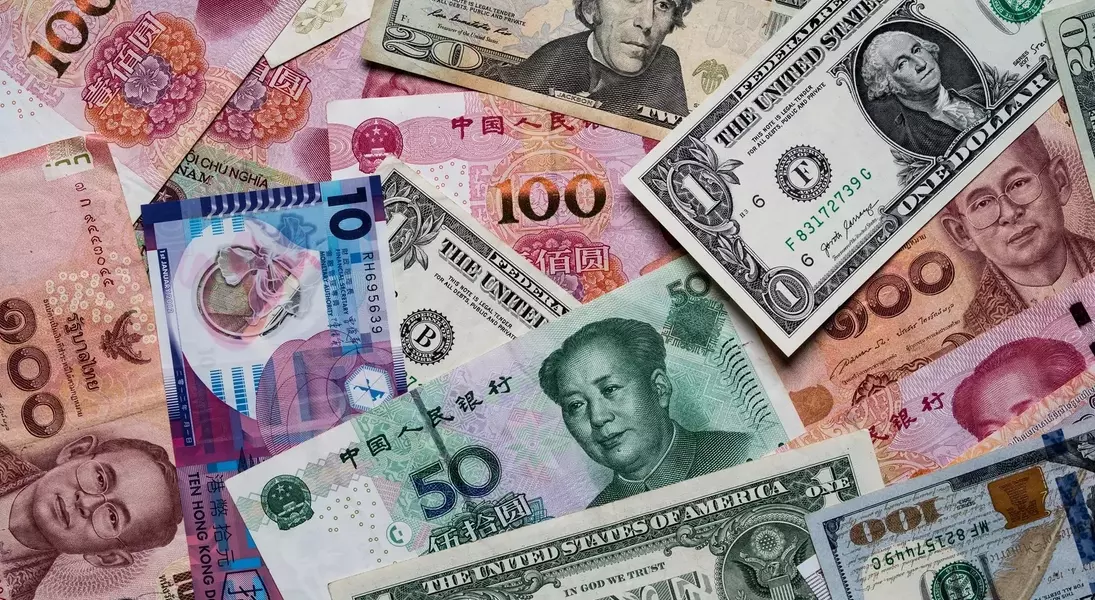
The U.S. dollar is currently navigating a period of fluctuating performance against its G10 counterparts, reflecting the intricate dynamics of the global financial system. The Japanese Yen stands out with a notable appreciation, signaling potential shifts in investor sentiment and economic outlooks. These currency movements are closely tied to evolving expectations regarding central bank policies, particularly the Federal Reserve's stance on interest rates, which is generating ripple effects across international markets.
As the prospect of a Federal Reserve rate cut gains traction, a discernible positive impact is being observed in emerging market currencies. This suggests that a more accommodative monetary policy in the U.S. could lead to increased capital flows into these economies, offering a boost to their financial stability and growth prospects. Concurrently, global stock markets are exhibiting a diverse range of reactions. While some Asian markets experienced gains following a strong performance in U.S. equities, European markets are largely stagnant, indicating a cautious approach among investors.
The interplay between currency valuations, central bank actions, and equity market performance underscores the interconnected nature of the global economy. Investors are keenly observing these indicators to gauge future economic trends and calibrate their strategies accordingly. The current environment presents both opportunities and challenges, necessitating a comprehensive understanding of macroeconomic forces and geopolitical developments to make informed decisions.
In this era of global economic integration, understanding the nuanced shifts in currency values, the anticipations surrounding central bank policies, and the resulting impacts on equity markets is crucial. These elements collectively paint a picture of an evolving financial landscape where adaptability and informed decision-making are paramount for navigating complexities and harnessing opportunities for growth and prosperity.
